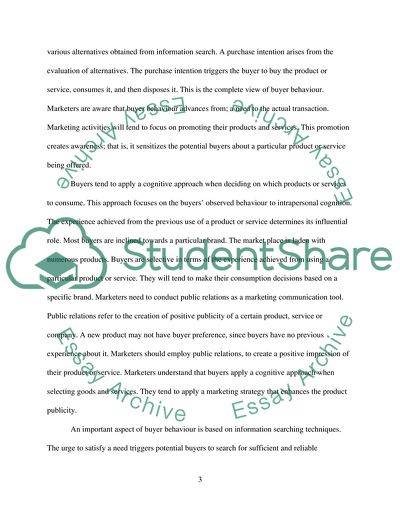Cite this document
(“Exam Essay Example | Topics and Well Written Essays - 1250 words - 7”, n.d.)
Exam Essay Example | Topics and Well Written Essays - 1250 words - 7. Retrieved from https://studentshare.org/marketing/1646257-exam
Exam Essay Example | Topics and Well Written Essays - 1250 words - 7. Retrieved from https://studentshare.org/marketing/1646257-exam
(Exam Essay Example | Topics and Well Written Essays - 1250 Words - 7)
Exam Essay Example | Topics and Well Written Essays - 1250 Words - 7. https://studentshare.org/marketing/1646257-exam.
Exam Essay Example | Topics and Well Written Essays - 1250 Words - 7. https://studentshare.org/marketing/1646257-exam.
“Exam Essay Example | Topics and Well Written Essays - 1250 Words - 7”, n.d. https://studentshare.org/marketing/1646257-exam.


